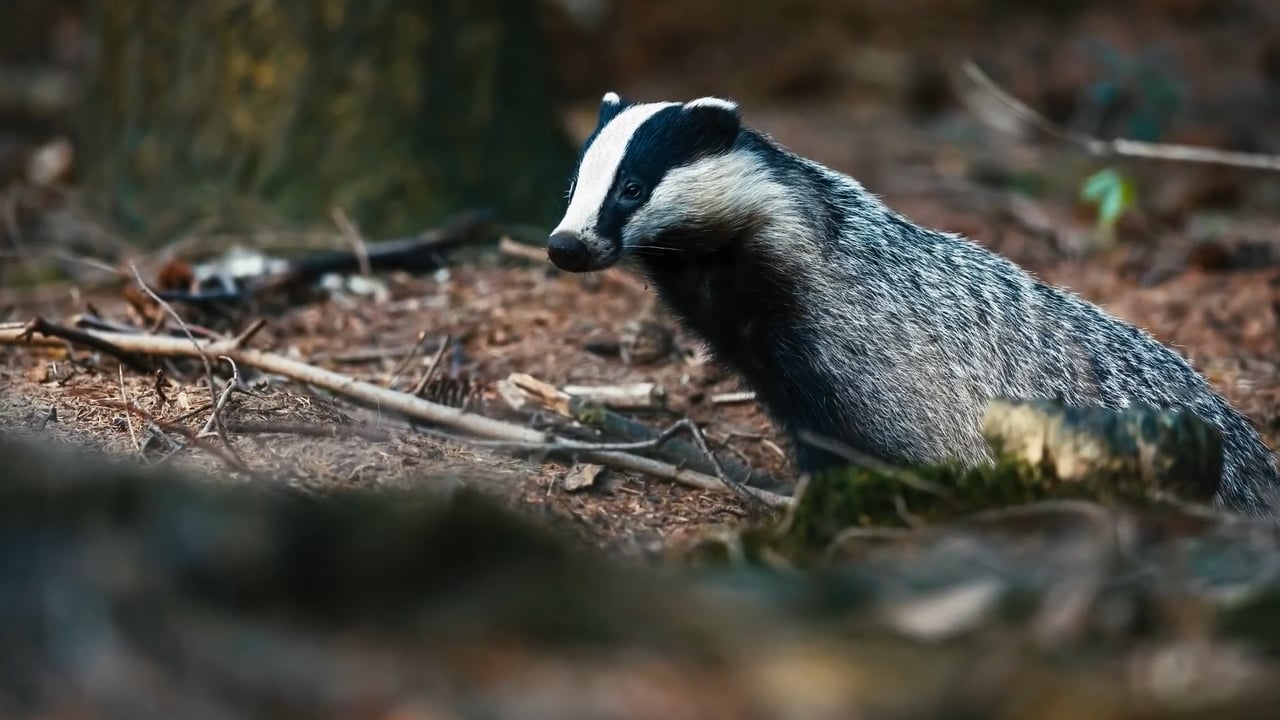DAFM TB Awareness Series


TB Awareness Series: How to protect and prevent badger activity on land?
Agriland Media Group is delighted to collaborate with the Department of Agriculture, Food and the Marine (DAFM) to bring you the ‘TB Awareness Series'.
Badgers have a role in the epidemiology of TB in Ireland. Badgers can become infected with bovine TB through contact with other infected badgers or infected cattle, and this infection may spill back into cattle.
To mitigate this wildlife risk, the DAFM is actively vaccinating badgers against TB and removing them when necessary for disease control.
Your cooperation is essential in reducing TB infection risks from badgers.
You can identify badger activity on your land by the following:
- Rooting in pasture: Badgers search for tubers, bulbs, worms, and larvae, often overturning cow pats in the process;
- Snuffle holes: Small pits, about 12cm in diameter, created by badgers searching for food;
- Well-worn paths: Badgers frequently use the same paths, which become 15 to 20cm wide over time.
- Footprints: In wet areas like gateways and drinking troughs, badger footprints may be visible. These prints feature a broad, kidney-shaped pad with four or five toes in a straight line;
- Badger setts: Typically found in hedgerows, ring forts, scrubland, and riverbanks, badger setts can have multiple entrances.
Key indicators of badger activity include:
- Spoil heaps: Large heaps of clay, sometimes mixed with rocks or stones, dug out by badgers;
- Entrances: Minimum 25cm in diameter, unlike narrower rabbit burrows;
- Hay-like bedding: Found at or near the sett entrance;
- Latrine pits: Small holes where badgers defecate, often located near setts or at territorial boundaries.
If you find a badger sett on your land, notify the location of the sett or contact your local DAFM office, and ask to speak to the wildlife officer.
Reporting badger activity helps in managing the TB risk effectively.
- Fence off badger setts: Keep cattle away from badger setts with appropriate livestock fencing.
- Elevate feeding areas: Use raised troughs for water, concentrates and mineral licks to prevent badger access.
- Avoid ground feeding of concentrates: Residues attract wildlife; keep feed areas clean and secure.
- Enhance farm biosecurity: Prevent badger access to animal housing, meal, and fodder storage areas by:
These measures prevent direct transmission between badgers and cattle and have been found to be the single most effective intervention in protecting a herd from TB.
Monitoring and managing badger activity on your land is crucial for reducing the risk of bovine TB.
By staying vigilant and proactive, you can protect your livestock from TB and contribute to a healthier farming environment.
Important: Farmers must not interfere with badgers or their setts, as this is an offence under the Wildlife Acts.
Farmers can report any findings of the badger setts on their land through the department's Report Badger Sett app.